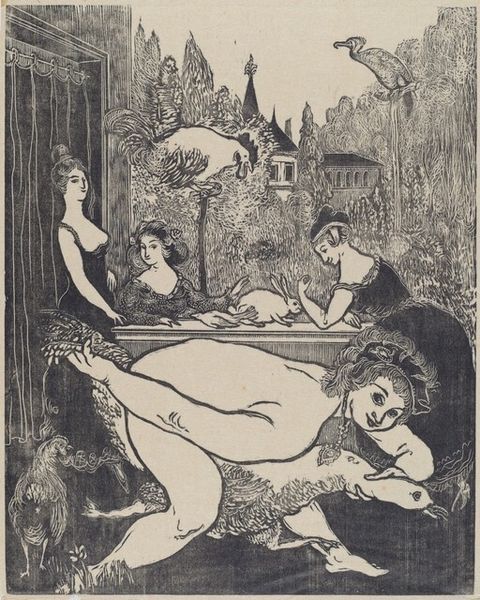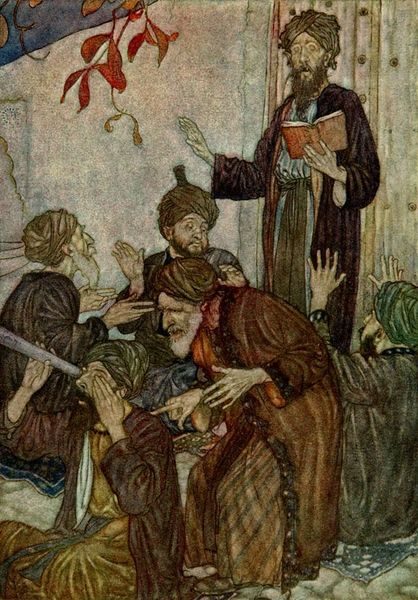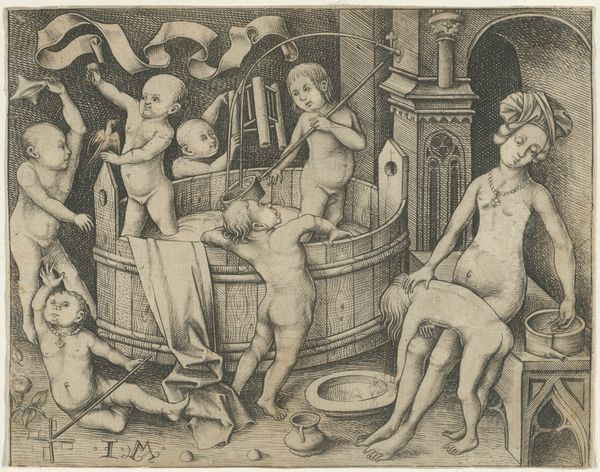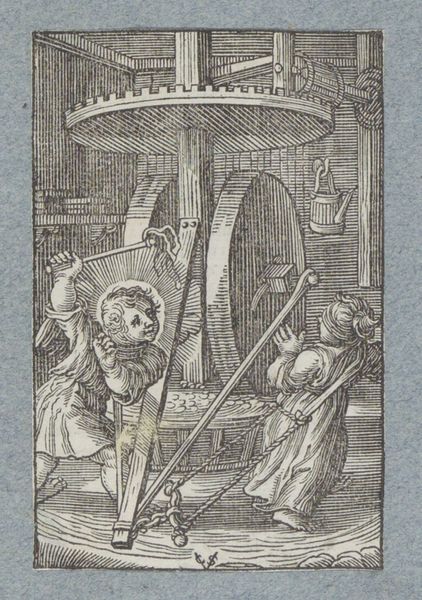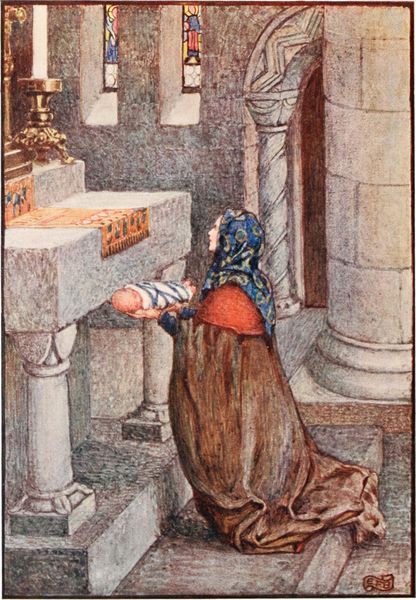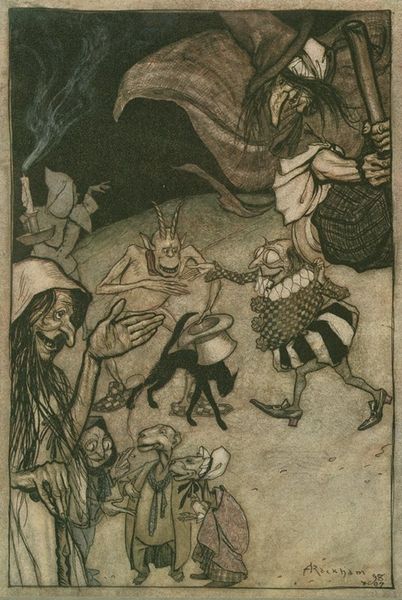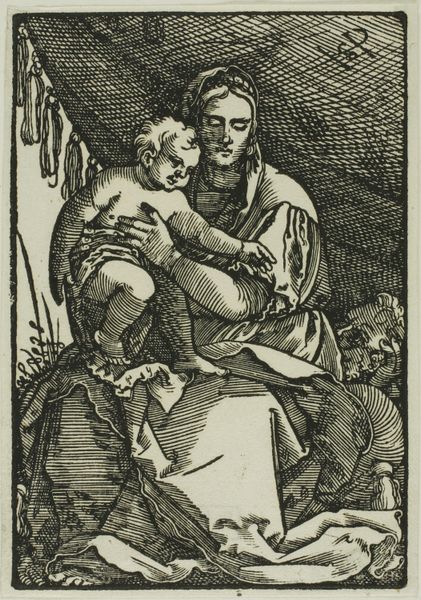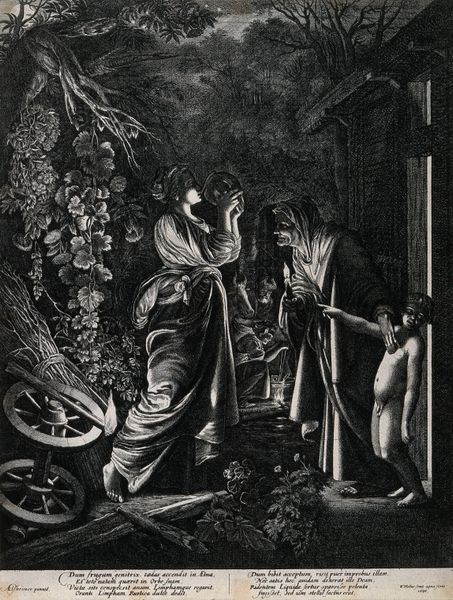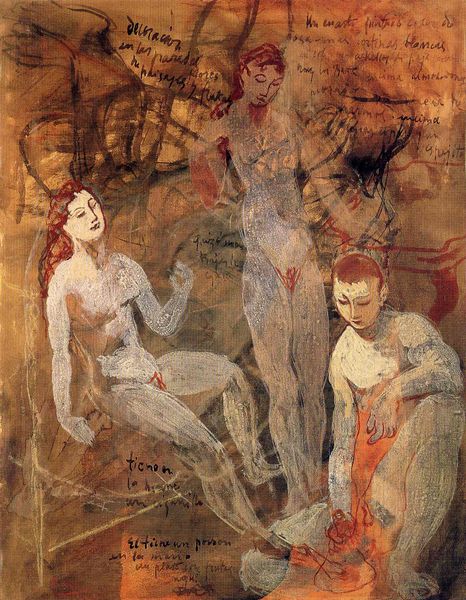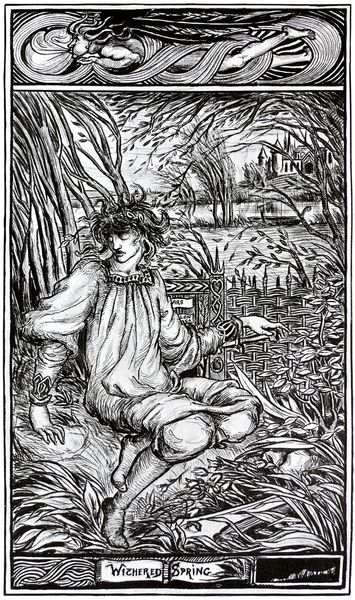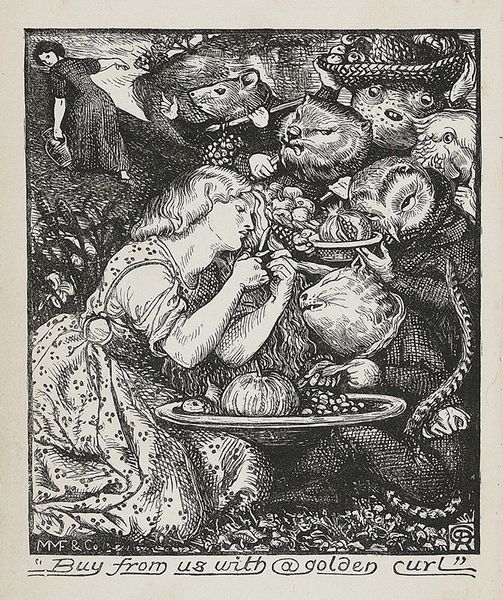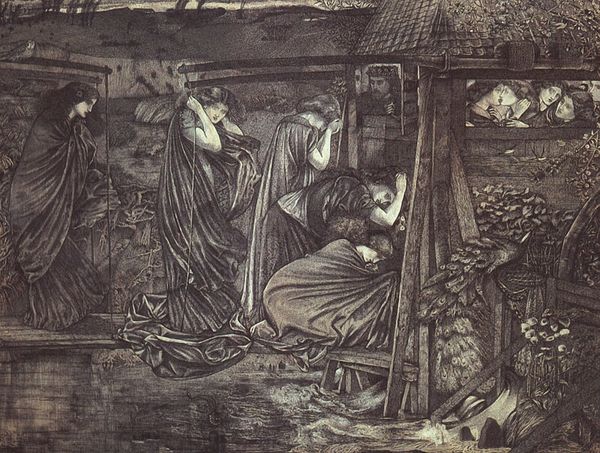
painting, oil-paint
#
allegories
#
medieval
#
allegory
#
narrative-art
#
painting
#
oil-paint
#
sculpture
#
figuration
#
oil painting
#
vanitas
#
christianity
#
genre-painting
#
history-painting
#
northern-renaissance
#
angel
#
christ
Copyright: Public domain
Money, money, money! In this detail from the oil painting ‘Death and the Miser’, the artist Hieronymus Bosch explores materiality and the sin of greed. Completed around the year of the artist’s death in 1516, ‘Death and the Miser’ originally formed one section of a triptych (three-panelled painting) which has since been deconstructed. ☠️ Bosch was a Dutch painter active during the Northern Renaissance, a period characterised by intense symbolism and complex iconography. The artistic trope of ‘momento mori’ flourished during this time. Momento mori paintings offer the viewer a reminder of the fragility of life; the term translates as ‘remember you must die’. How does this painting fit the memento mori category? 👇 In this portion of ‘Death and the Miser’, Bosch depicts a sickly man on his deathbed. The artist has emphasised the man’s weakness and illness; his collarbones and cheekbones are made prominent through shadowy strokes of colour. At his shoulder sits an angel, who majestically gestures to the heavens. The warmth of the angel’s rosy skin, as well as his open body language, communicates a sense of optimism and virtue. In stark contrast to this image of heavenly goodness, the personification of Death slyly emerges from the wardrobe at the left of the image. Death’s skeletal fingers clutch an arrow, which acts as a symbol of temptation. The violence suggested by this weapon conflicts with the comforting touch of the angel. 👼😈 But there is a fourth character in this scene – have you spotted it? Take a look at the fold in the red curtains which frame the dying man. A monstrous creature emerges from the fabric! This is a personification of greed, who holds a sack filled with coins. The devious figure is a clear symbol of the temptations of money, and its frightening appearance exemplifies Bosch’s interest in fantastical monsters. What is Bosch trying to tell the viewer in this strange scene? Here, the artist offers a moral message that warns against an obsession with earthly pleasures. The painting can be interpreted as a social commentary, with Bosch criticising the hoarding of wealth and valuable goods. Does this narrative remind you of any other works of art? It definitely holds similarities to Charles Dickens’ famous story ‘A Christmas Carol’, published more than three centuries later! 👻 How do you think the sixteenth-century viewer would react to this painting? Would they be shocked and scared? 😦💭 Editor: Lucy Jude Grantham
Comments
No comments
Be the first to comment and join the conversation on the ultimate creative platform.
